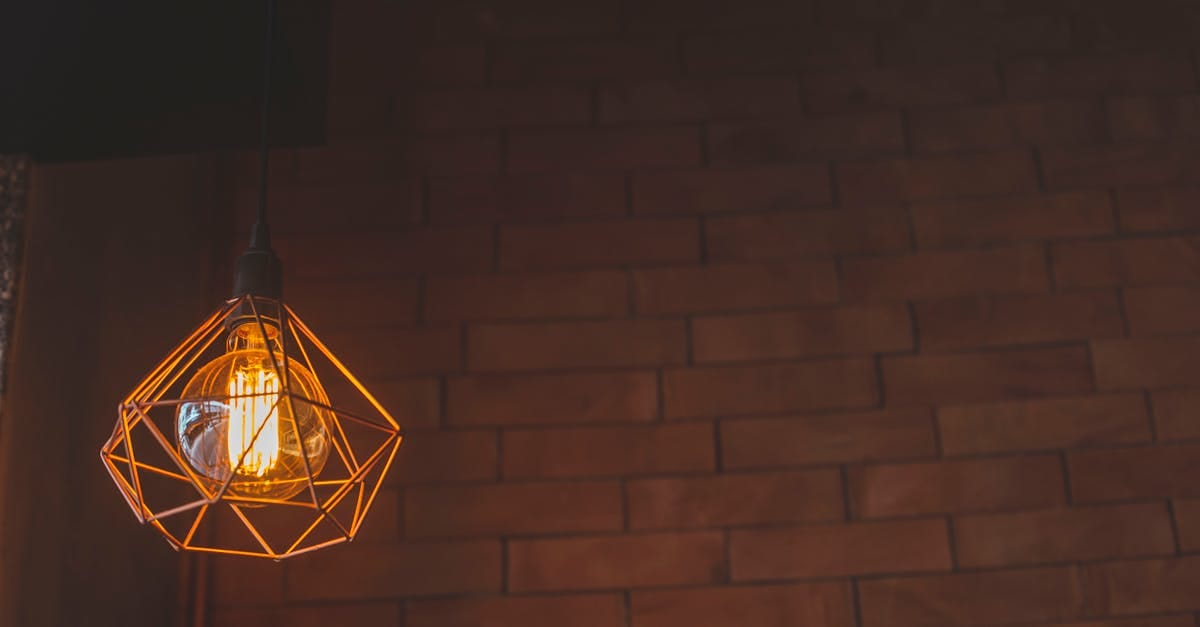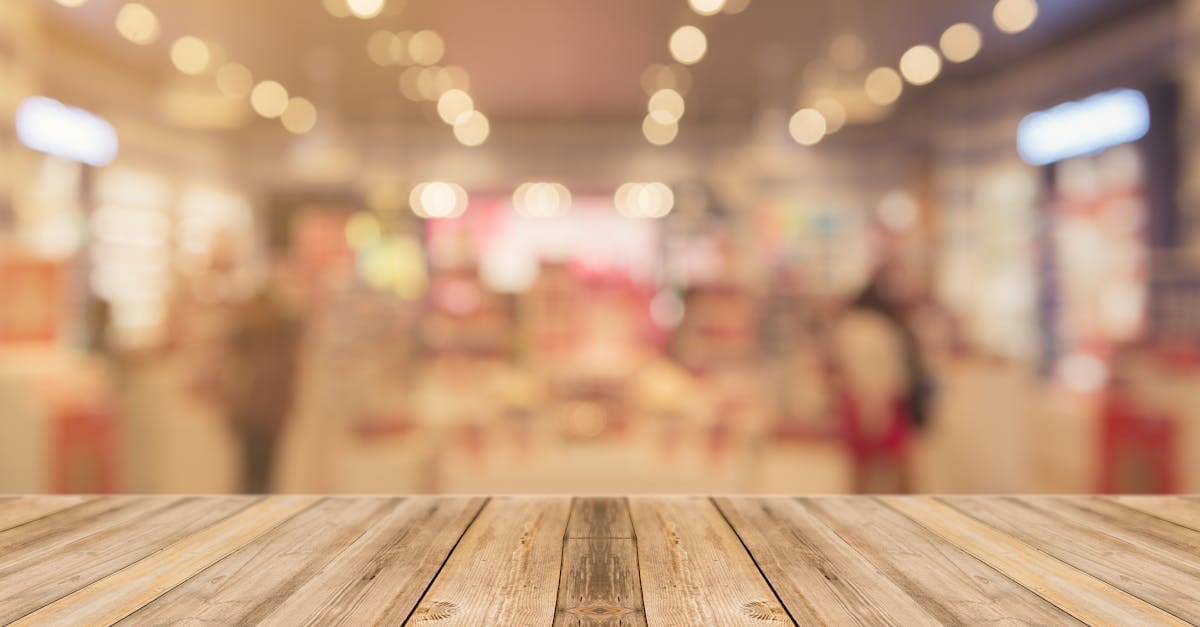The article discusses the crucial role of lighting in shaping a home’s color scheme. It highlights how different types of lighting—ambient, task, and accent—affect the perception of colors and the overall mood within a space. The interaction between natural and artificial lighting is explored, emphasizing the importance of testing colors under various light conditions to ensure harmonious results. Practical tips are provided on selecting appropriate lighting fixtures and how to integrate them with color choices to enhance both functionality and aesthetics in any room.
Modern Trends in Home Painting and Renovation
Revamping a living space is an exciting opportunity to explore current trends in painting and home renovation. Colors and lighting play a pivotal role in creating aesthetically pleasing environments that boost both comfort and emotional well-being. Understanding how to leverage these transformative elements can elevate any renovation project from ordinary to extraordinary.
Homeowners are increasingly looking for innovative ways to enhance their spaces, tapping into the power of color psychology and advanced lighting techniques. The choice of hues influences mood and functionality, while proper lighting emphasizes design features and creates depth. Whether it’s a relaxing sanctuary or an energetic social gathering spot, each room benefits from thoughtful color selections and lighting arrangements.
This guide will delve into the fascinating world of interior design trends, covering contemporary color palettes, application techniques, and innovative materials. Prepare to transform your home into a beautiful haven that reflects your style and enhances your well-being.

| Lighting Type | Impact on Color Perception |
|---|---|
| Natural Light | Varies throughout the day, enhancing the warmth or coolness of colors. |
| Warm Artificial Light | Amplifies earthy tones and creates a cozy atmosphere, making colors appear richer. |
| Cool Artificial Light | Best for modern spaces, enhances blues and greens, creating a bright and invigorating feel. |
| Task Lighting | Focuses on specific areas, ideal for kitchens or workspaces, ensuring colors are seen accurately. |
| Accent Lighting | Highlights art or architectural features, providing depth and dimension to color palettes. |
| Layered Lighting | Combines different lighting types for versatility, enhancing overall color dynamics in a room. |
Current Trends in Home Painting and Renovation
The Importance of Color in Home Renovations
When considering home renovation, the transformative power of color cannot be ignored. Color not only impacts the visual aesthetic but plays a key role in shaping the ambiance and emotional well-being of a space. Through thoughtfully chosen colors, homeowners can set the desired tone and functionality for each room.
For instance, a sunroom may benefit from an earthy palette of yellow, terracotta, and muted orange to amplify the warmth and brightness that the space is intended to bring. On the other hand, a bathroom painted in soothing shades of blue can evoke a tranquil atmosphere that encourages relaxation during bathing rituals. The psychological effects of color are both profound and significant, influencing everything from mood to productivity.
Understanding Color Psychology
Delving into color psychology reveals how different colors influence emotions and behaviors. Here are some examples of color associations that can guide your renovation choices:
- Blue: Known for promoting calmness and productivity, making it ideal for home offices or study areas.
- Green: Associated with nature and balance, fostering tranquility and creativity, which is perfect for living rooms or bedrooms.
- Red: A warm and stimulating color that inspires energy, ideal for kitchens or social areas.
- Yellow: Bright and cheerful, encouraging optimism, often used as an accent in areas like kitchens or playrooms.
- Neutral Colors: Whites, grays, and beiges act as versatile backdrops that complement bolder colors, creating a timeless aesthetic.
Applying Color Theory in Home Remodeling
Understanding color theory is essential in achieving a harmonious design. Begin by utilizing the color wheel to identify complementary, analogous, and triadic color schemes that breathe life into your space. For example, a neutral color scheme can create a soothing environment in bedrooms, promoting restful sleep.
When choosing colors, consider the function of each room, as well as the desired atmosphere, ensuring that the outcome is visually appealing. For a lively kitchen, which demands energy and interaction, bright colors paired with vibrant lighting can create an exciting atmosphere.
The Role of Lighting in Home Renovation
Lighting is an indispensable element in any renovation. It significantly influences the mood and can transform a room from dull to inviting. Lighting can emphasize architectural features, create depth, and offer a sense of space. When planning your renovation, ensure you consider both the quality and quantity of light.
Types of Lighting to Consider
In every renovation project, there are three types of lighting to incorporate:
- Ambient Lighting: This illuminates the entire room, providing a base layer of light.
- Task Lighting: This focuses on specific areas for activities, such as pendant lights above a dining table or under-cabinet lighting in the kitchen.
- Accent Lighting: Used to highlight specific features, like spotlights on artwork or family photo walls.
Effective Lighting Techniques
Incorporating creative lighting techniques can enhance the appeal of any room. For instance:
- Wall sconces can create a cozy ambiance in living areas.
- Pendant lights can bring charm to dining spaces.
- Under-cabinet lights can provide functional illumination in the kitchen.
- Track lighting can effectively spotlight artwork or unique architectural features.
Integrating Color and Lighting
The successful integration of color and lighting creates a cohesive and visually appealing environment. For example, select lighting fixtures that complement your chosen color scheme or use colored light bulbs to set the mood. Light-colored walls can optimize natural light, promoting a sense of openness, while mirrors can amplify light and enhance the perception of space.
A practical tip is to test colors in multiple spots around your home, observing variations in lighting throughout the day. This allows you to witness how natural light impacts the chosen hues.
Avoiding Common Mistakes
When selecting colors and lighting, watch out for common pitfalls:
- Choosing overly bold colors that can overwhelm a space.
- Neglecting the importance of natural light when deciding on colors.
- Relying solely on a single light source, leading to an unbalanced environment.
By testing paint colors under varying lighting conditions, utilizing window treatments to control natural light, and incorporating different light types, these mistakes can be easily avoided.
Emphasizing Sustainability and Energy Efficiency
In this era of heightened awareness about the environment, considering sustainability during a home renovation is essential. Opt for energy-efficient lighting options, such as LED bulbs or smart lighting systems, which significantly reduce energy consumption and monthly utility bills.
Selecting sustainable materials, like low VOC (volatile organic compounds) paints and eco-friendly flooring, contributes to a healthier indoor atmosphere while minimizing the carbon footprint of your renovation project.
Tools and Resources for Successful Renovations
Various tools can assist in this creative process:
- Color Palette Apps: Tools like Adobe Color can help visualize and coordinate color schemes effectively.
- Lighting Calculators: These assist in determining optimal lighting setups for different spaces.
- Visualization Software: Utilize platforms to simulate how colors and lighting interact in a space.
An example of this is exploring textured finishes that can amplify the overall mood of your renovation project.
Combining the principles of color psychology with effective lighting strategies ensures a successful home renovation. Taking the time to understand how these elements work together allows for spaces that are not only beautiful but also foster comfort and well-being. Embrace sustainability in your choices, and harness contemporary tools to maximize the impact of your renovation. Furthermore, exploring seasonal color trends can provide inspiration and relevance to your projects, ensuring they stand the test of time.

Transform Your Home Today!
Ready to elevate your space with our expert painting and renovation services? Experience the perfect blend of style and functionality while enhancing your home’s ambiance. Contact us now for a personalized consultation and unlock the true potential of your living space!
Current Trends and Tips in Home Painting and Remodeling
Popular Color Trends
- Earthy Tones: Embrace the natural world by incorporating shades of brown, green, and muted earth tones. These colors create warmth and a comforting atmosphere.
- Bold Accents: Utilize bold colors to make statement walls; deep blues or rich reds can serve as stunning focal points in living rooms or bedrooms. Check out more about bold accents here.
- Soft Neutrals: Shades like cream, light gray, and soft beige serve as perfect backdrops for any room, allowing for flexibility in decor without overwhelming spaces.
- Cool Blues and Greens: These colors are becoming popular in spaces focused on relaxation, such as bedrooms and bathrooms, promoting a calming ambiance.
- Pantone Color of the Year: Pay attention to the Pantone Color of the Year for inspiration, as it sets the tone for trends that follow in interior design.
Innovative Painting Techniques
- Ombre Effects: Gradual color transitions on walls can create an elegant and artistic vibe, ideal for children’s rooms or creative spaces.
- Textured Finishes: Introducing texture through specialized painting techniques or materials can add depth and interest to flat walls.
- Eco-Friendly Paints: Opt for low VOC (volatile organic compounds) or eco-friendly paints to reduce environmental impact while ensuring safety indoors. Explore the eco-friendly paint trend.
Lighting Techniques
- Layered Lighting: Utilize a combination of ambient, task, and accent lighting to create flexibility and enhance the overall atmosphere of any room.
- Smart Lighting Solutions: Incorporate smart lighting systems that allow you to adjust brightness and color temperature based on the time of day or specific activities.
- Natural Light Integration: Maximize natural light with strategically placed mirrors and lighter color palettes to create brighter and more open spaces. Discover more about lighting integration.
Considerations for Remodels
- Functionality First: Prioritize the intended functionality of each space to guide color selections that complement its purpose.
- Sustainability Awareness: Choose sustainable materials and energy-efficient designs to minimize your carbon footprint and create a more responsible living environment.
- Open Concept Designs: Removing walls to create open spaces is a current trend, enhancing flow and light throughout your home.
- Personalization: Tailor spaces to reflect personal style and preferences, from quirky wall art to unique light fixtures that tell a story.
Frequently Asked Questions
Glossary of Key Terms Related to Home Renovation
- Color Psychology
- The study of how colors influence emotions and behaviors, impacting the overall ambiance of a space.
- Lighting Techniques
- The various methods used to create effective and aesthetically pleasing lighting in interior spaces.
- Ambient Lighting
- The general illumination of a space, providing a comfortable level of brightness without harsh shadows.
- Task Lighting
- Focused lighting designed to illuminate specific areas for particular activities, such as reading or cooking.
- Accent Lighting
- Lighting that highlights certain features in a room, such as artwork or architectural elements.
- Color Wheel
- A circular diagram that represents colors and their relationships, aiding in the selection of color schemes.
- Light Temperature
- The description of the color appearance of light emitted by a light source, typically measured in Kelvin (K).
- Sustainable Materials
- Environmentally friendly building materials that reduce environmental impact and promote energy efficiency.
- Low VOC Paint
- Paint that contains low levels of volatile organic compounds, improving indoor air quality and reducing toxins.
- Room Functionality
- The purpose and utility of a room, which should influence the choice of colors and lighting for optimal use.
The interplay of lighting and color is crucial in crafting the ambiance of any living space. Understanding how different types of lighting enhance or alter color perception empowers homeowners to create an environment that resonates with their personal style and promotes well-being. By thoughtfully selecting light fixtures and considering natural light variations throughout the day, a cohesive design can thrive. It’s essential to experiment with color combinations under various lighting conditions and opt for energy-efficient solutions to ensure both aesthetic appeal and sustainability. Embrace these insights to transform your space into a harmonious sanctuary that reflects your unique vision.
Understanding Natural Light
Natural light plays a crucial role in how colors are perceived within a space. It changes throughout the day, affecting the overall ambiance of your home. Here are some tips to consider:
- Observe how sunlight enters your space at different times of the day to determine the best colors that complement the varying light.
- Use light, airy colors in rooms that receive abundant natural light to enhance the brightness.
- In north-facing rooms, opt for warmer hues to counteract the cooler light tones and create a cozy atmosphere.
Selecting Artificial Lighting
Artificial lighting comes in various color temperatures, which directly impacts color perception. Here’s how to choose the appropriate lighting:
- Warm white bulbs (2700K-3000K) enhance earthy tones and yellows, creating a welcoming feel in living areas.
- Cool daylight bulbs (5000K-6000K) work well in kitchens and home offices, promoting alertness and focus.
- Adjust the intensity of lighting with dimmers to create different moods throughout the day.
Layering Lighting
Layering different types of lighting can significantly enhance the visual appeal of your spaces:
- Combine ambient, task, and accent lighting to create a well-balanced atmosphere in any room.
- In living rooms, use floor lamps and wall sconces for a cozy vibe, while keeping overhead lighting soft.
- In kitchens, incorporate under-cabinet lighting to illuminate countertops and provide an extra layer of task lighting.
Transform Your Space Today!
Ready to elevate your home with stunning colors and innovative designs? Our expert team is here to bring your vision to life, ensuring a seamless renovation experience. With our top-notch painting and remodeling services, your home will not only look extraordinary but also enhance your lifestyle. Don’t wait—reach out and let us help you create the perfect ambiance for your living spaces!
Sophia Torres is the creative mind behind the most dazzling transformations at TS Painting & Restoration. With a strong background in interior design and a deep passion for tropical color palettes, she has helped hundreds of clients revitalize their spaces into vibrant and inviting environments. Born in Colombia and raised in Florida, Sophia brings a unique perspective to her work, blending Latin American influences with modern design trends.
Sophia’s vision of color goes beyond the conventional. She is known for her ability to create bold and unexpected combinations that reflect Florida’s natural beauty. Her focus on color psychology and strategic use of tones allows her to transform any environment, making each project a showcase of her clients’ personal style. On her blog, she shares practical tips on how to choose colors that not only beautify but also enhance emotional well-being and create harmony in the home.
When not working, Sophia enjoys exploring art galleries, experimenting with DIY projects, and finding inspiration in Florida’s lush landscapes. For her, design isn’t just about aesthetics; it’s about creating spaces that tell a story, reflect the identity of those who live there, and evoke positive emotions. At TS Painting & Restoration, Sophia is committed to helping homeowners discover how colors can transform their homes into true havens of tranquility and beauty.


